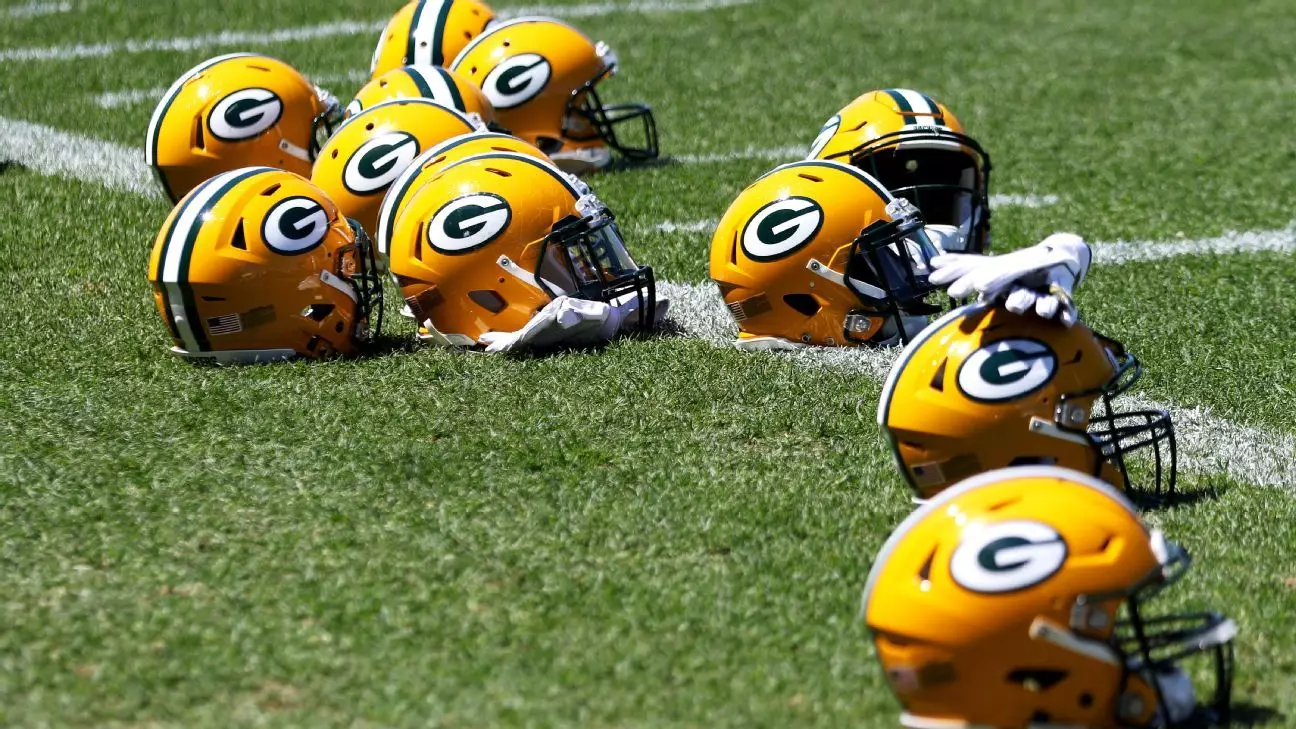Over the past two decades, the NFL has undergone an extraordinary transformation, reflected vividly through the financial journey of the Green Bay Packers. Back in 2005, when Mark Murphy first reported the franchise’s finances, the league’s revenue sharing stood at approximately $138 million per team. Fast forward to today, and the numbers tell a story of explosive growth—shifting from that modest beginning to over $432 million in revenue sharing for the 2022 fiscal year. This surge underscores the NFL’s dominant position in American sports and its ability to adapt to an evolving media landscape.
The Packers hold a unique place in this narrative. As the league’s only publicly owned team, their financial disclosures offer rare transparency into NFL revenue sharing mechanisms. Their public ownership model means that every shareholder, numbering over half a million, owns a slice of the team without dividends, and their financial health provides insights into broader league trends. The growth from roughly $138 million to over $400 million per team in revenue sharing isn’t just a testament to the league’s popularity but also highlights strategic shifts—particularly in media rights, streaming, and global outreach.
Media Rights and Technological Adaptation: Pillars of Revenue Growth
A fundamental driver behind the NFL’s escalating revenue is its mastery of media rights. Murphy’s comments emphasize that approximately 60% of the Packers’ revenue—around $259 million—stems from national broadcast deals. The league’s negotiation of lucrative broadcast contracts with major television networks has been instrumental in fueling this growth, especially as traditional TV viewing declines and streaming options rise.
The league’s proactive approach to adapt to changing consumption habits is notable. While broadcast television continues to generate the lion’s share of revenue, the NFL’s push into streaming represents a strategic move to future-proof its income streams. Although traditional TV still reigns, the NFL leverages the popularity of digital platforms to expand its audience and revenue sources. This balanced approach ensures the league remains financially resilient, even as viewer preferences evolve.
Furthermore, the league’s ability to grow at an approximate 7% annual rate showcases its consistency and formidable bargaining power. The league’s foresight into diversifying platforms and innovating content delivery is critical in maintaining its lucrative status. The NFL’s media strategy exemplifies how sports leagues can successfully innovate within a rapidly changing digital era, turning potential vulnerabilities into opportunities for increased global visibility and revenue.
Local Revenue Gains and Financial Stability
While national revenue garners significant attention, local revenue streams are equally vital for the Packers’ financial robustness. Hosting a ninth regular-season game with the 17-game schedule bump resulted in local revenue rising from $251.8 million to $286.4 million. This increase underscores how strategic scheduling and in-stadium experiences directly contribute to revenue enhancement.
Additionally, the team’s investments into Lambeau Field and related facilities—totaling over $675 million—highlight a long-term commitment to maintaining competitive infrastructure. Such investments are not merely aesthetic; they serve as critical revenue generators through premium seating, suites, and sponsorship opportunities. The recent renovation of the locker room signals the franchise’s dedication to player experience and fan engagement, which are crucial for sustained profitability.
The health of the Packers’ corporate reserve fund, now at $579 million, is a testament to their prudent financial management amidst league-wide growth. Unlike many privately owned teams that turn to private equity investments to boost capital, the Packers rely on their publicly owned structure, emphasizing financial discipline and reserve-building to withstand economic fluctuations.
Ownership Structure and Strategic Resilience
The Packers’ unique ownership model profoundly shapes their financial strategy. With over 5 million shares owned by hundreds of thousands of shareholders, the team maintains a decentralized ownership system that dissuades hostile takeovers and promotes community involvement. However, this structure also limits access to private equity, requiring the team to rely on organic growth, reserves, and prudent investments.
Murphy’s tenure saw the team’s financial resilience grow through strategic investments, including significant enhancements to Lambeau Field and infrastructure. These investments foster a sense of tradition while ensuring the team remains competitive and financially sound. The absence of private ownership means that profits are reinvested into the team and community, fostering a unique model of sports franchise management that balances profitability with social responsibility.
While some teams have embraced private funding to accelerate growth, the Packers show that stable, community-oriented ownership can foster sustainable and disciplined financial health. This approach, combined with the NFL’s overall revenue growth, positions the Packers as a model of balancing tradition, community values, and financial innovation in modern sports.
—
Note: This analysis critically evaluates the financial evolution of the Packers within the NFL context, emphasizing strategic adaptation, ownership structure, and future prospects. The transformations in revenue sources and organizational resilience are portrayed as deliberate, innovative responses to the challenges of a changing sports and media environment.


Leave a Reply